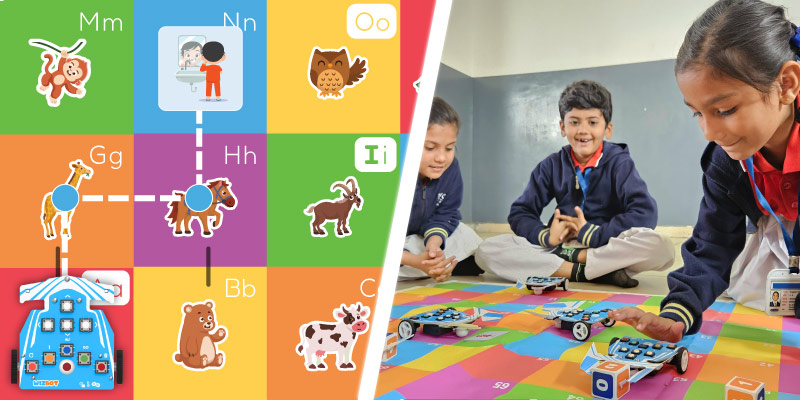In the olden days, was everything black and white?
Why do I have two eyes if I only see one thing?
How did people make the first tools, if they didn’t have any tools?
These are not made up; children have actually asked these questions. You can look them up here. We’ve been asked a lot of questions of the like; and we usually wave them away, because come on – they’re kids. We might just be wrong. There have been multiple studies done on the impact of questions on children’s cognitive development. According to a study by Michelle M. Chouinard
When children encounter a problem with their current knowledge state, asking a question allows them to get targeted information exactly when they need it. This information is available to them when they are particularly receptive to it, and since it comes as a result of their own disequilibrium, it may have a depth of processing benefits.
Children’s upbringing plays a huge role in the way their brain develops. Children observe and learn. As parents, we need to make sure that the kids are provided with an open environment to learn and grow from.
In this article, we will talk about different ways in which parents can make sure that the minds of their children are ready to take on the STEM initiative.
-
Provide a STEM-Friendly Environment
![]()
Observe what your children like doing, the kind of activities that seem to interest them. Grab those activities and provide your children with related toys. I.e. if you notice that your child likes to assemble things, start with giving them blocks. Do not intimidate them but give them a gentle push in the right direction. Let them find their own way. That’s what the STEM mindset is all about.
Children will also come up with the craziest ideas. If it’s not dangerously harmful, help them execute it. Dedicate a corner of your house to new experiments, this will broaden children’s curiosity.
-
Talk

When kids ask weird, funny, and unreasonable questions (as we’ve showcased at the beginning of the article), try to answer them. If they’re not answerable, try to find the answers. Communication is the key to learning. A child should never be afraid of expressing her/his view or asking questions. This is the core base of STEM learning.
-
Promote Teamwork
![]()
A group victory usually doubles the joy of kids. Now, every child is different when it comes to interpersonal relations. Each and every child might not appreciate company while doing something new or creative. Know your kid, if she/he is comfortable with company; rather enjoys more with similar minds. If yes, then consider forming a club of sorts where the children can get together and work their minds to create something different (Or not. The more important part is creating.)
-
STEM Out of School
![]()
Get to know what your child learns in school, which method is used, and stay in touch with the school officials to make learning a better experience for your child. You can inculcate STEM learning in your child’s extra-curricular activities as well. Take your kids to robotics competitions, camps or museums. There are a lot of STEM camps that you can send your child to and make learning fun and easy even while they’re not in school.
-
Use Tools – Software and Hardware

If your kids are old enough, you can also indulge them in different summer internships, research studies, and other creative and professional work experiences. All of these experiences can be accumulated under the umbrella term experiential learning, which includes well-planned, supervised and assessed experiential learning programs. One of the best tools for STEM learning is STEMpedia’s evive Starter Kit – A mighty creator kit for kids and beginners of all ages to give them the perfect start into the world of electronics, robotics, and programming. It gives kids the ultimate STEM experience with a lot of DIY projects included in the kit.
In a Nutshell
Do not underestimate children’s minds. They are a treasure that can be utilized to create magnificent things. As a parent, what you can do to make sure your child is introduced to the STEM mindset at the right time and in the right way is this – A.) Make your home STEM-Friendly. Let your child’s curiosity flow and whenever possible, join in with them. B.) Communicate openly. C.) If you think your child enjoys it, promote teamwork. D.) Seek out STEM-related extracurriculars. E.) Try experiential learning with the help of STEMpedia’s evive Starter Kit.








